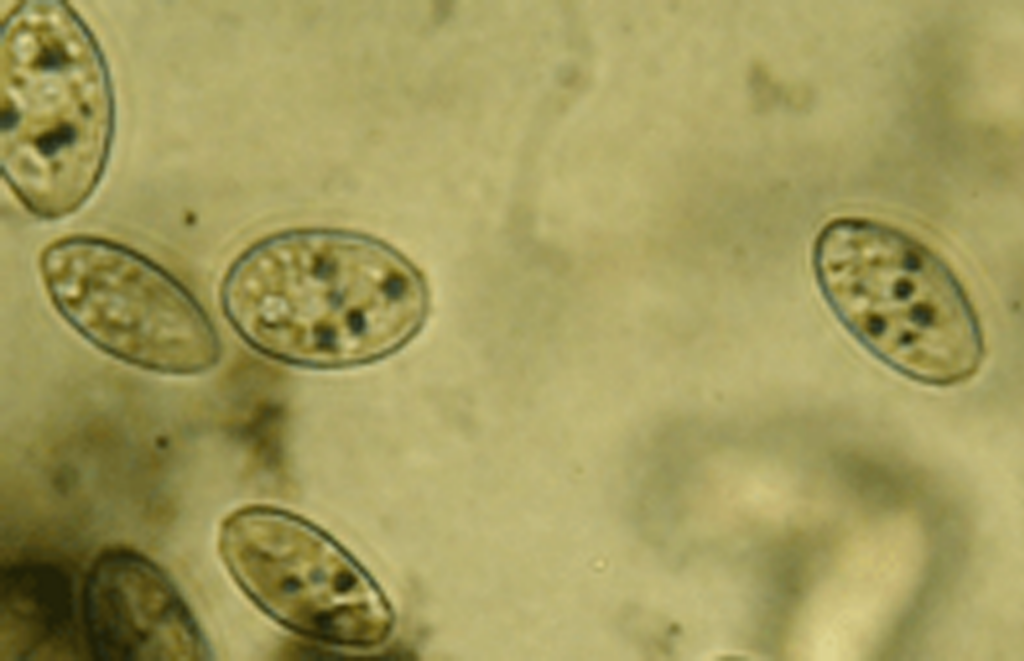The Phagocytosis lab uses Tetrahymena to investigate the processes of ingestion, phagocytosis, and vacuole formation in cells, and the effects of various factors on these physiological processes. In research labs, neutrophil cells can be isolated from donated blood to study how the human body combats pathogens, but that is not possible in a classroom. In this lab, students instead look at the protozoan Tetrahymena, a model organism often used in research on health and disease related topics. This safe, easily grown single-celled protist doesn’t look much like a human. Nonetheless, Tetrahymena’s basic cell processes are very much like those of human cells, and these cells can serve a model to better understand the human immune system.
Grade Levels: 6-10
Educational Standards
NGSS:
MS-LS1-1; MS-LS1-2; MS-LS1-8
HS-LS1-2
Topics: Microbiology, Cell Biology, Biochemistry
Contributors: Anne Deken, John Burroughs School
Acknowledgements: This resource was co-developed as part of an NIH SEPA-funded science education outreach program, led by Principal Investigator Dr. Doug Chalker. However, these contents do not necessarily represent the policies of the National Institutes of Health, and you should not assume endorsement by the federal government.
